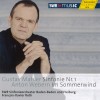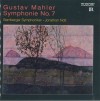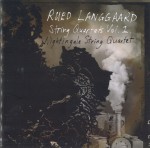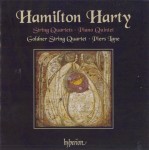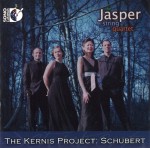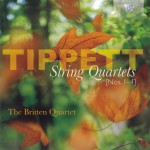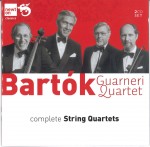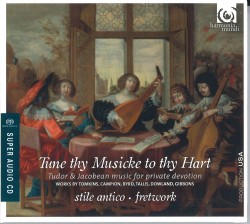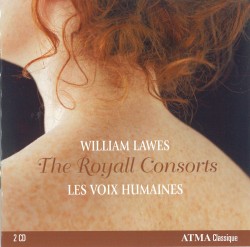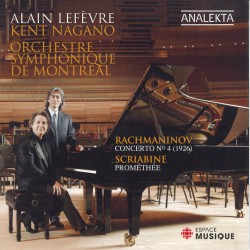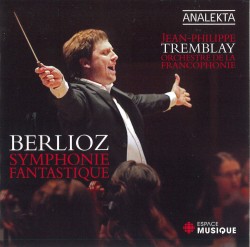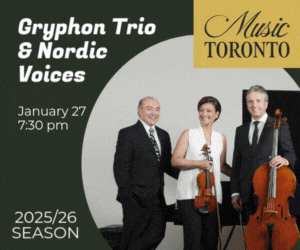Liszt – The Concertos - Daniel Barenboim; Staatskapelle Berlin; Pierre Boulez
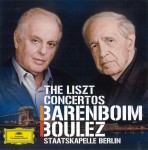 Liszt – The Concertos
Liszt – The Concertos
Daniel Barenboim; Staatskapelle Berlin; Pierre Boulez
Deutsche Grammophon477 9521
This live performance of the Liszt piano concertos is an interesting listening experience. The first revelation for me is Boulez conducting music that he had once thought of as empty, virtuosic fluff. The second is Barenboim’s deep, dark, dramatic, yet poetic interpretation. He brings an operatic and devilish Faustian edge to the music.
Boulez is known as one of the 20th century giants in contemporary music as both composer and conductor. Barenboim is acclaimed for his fine Beethoven and Mozart playing. Together the two masters have created a palette of astounding orchestral and pianistic colors emulating a wide range of conflicting emotions. These performances are not simply a showcase for virtuoso technique. I admire the control and attention to the structure of the music. Every detail is carefully nuanced and articulated in both piano and orchestra. We have to remember that Franz Liszt was not only a great pianist, a rock star in his time who had an immense technique and repertoire, but also a successful conductor and a prolific composer.
Alan Walker in his biographies of Liszt has called his piano piece Nuage Gris the gateway to modern music. Liszt pushed chromaticism to the limit in his orchestral tone poems and used the piano pedals to create exotic soundscapes. He was the new music composer of his time. In this performance I found myself listening to the orchestra as much as the piano. Boulez has always been known for his keen ears and his remarkable ability to clarify complex orchestral sounds. He doesn’t disappoint here. I heard lines and details in the orchestra that sounded very fresh and convincing. Barenboim plays the piano with an edge that is aggressive at times but so focused and intense that it became hypnotic. He also articulates the melodic line with passion but tenderness as well.
These are very personal and unique interpretations and maybe not for everyone. The tone of the piano is sometimes too harsh and the tempos are slower than in other performances. The ensemble in the first movement could be tighter. However, I find these performances masterful and exciting, brimming with new ideas and swirling emotions. The encores, Consolation No.3 and Valse oubliée No.1 are a real bonus, exquisitely performed with a deep sensitivity that will melt your heart.


